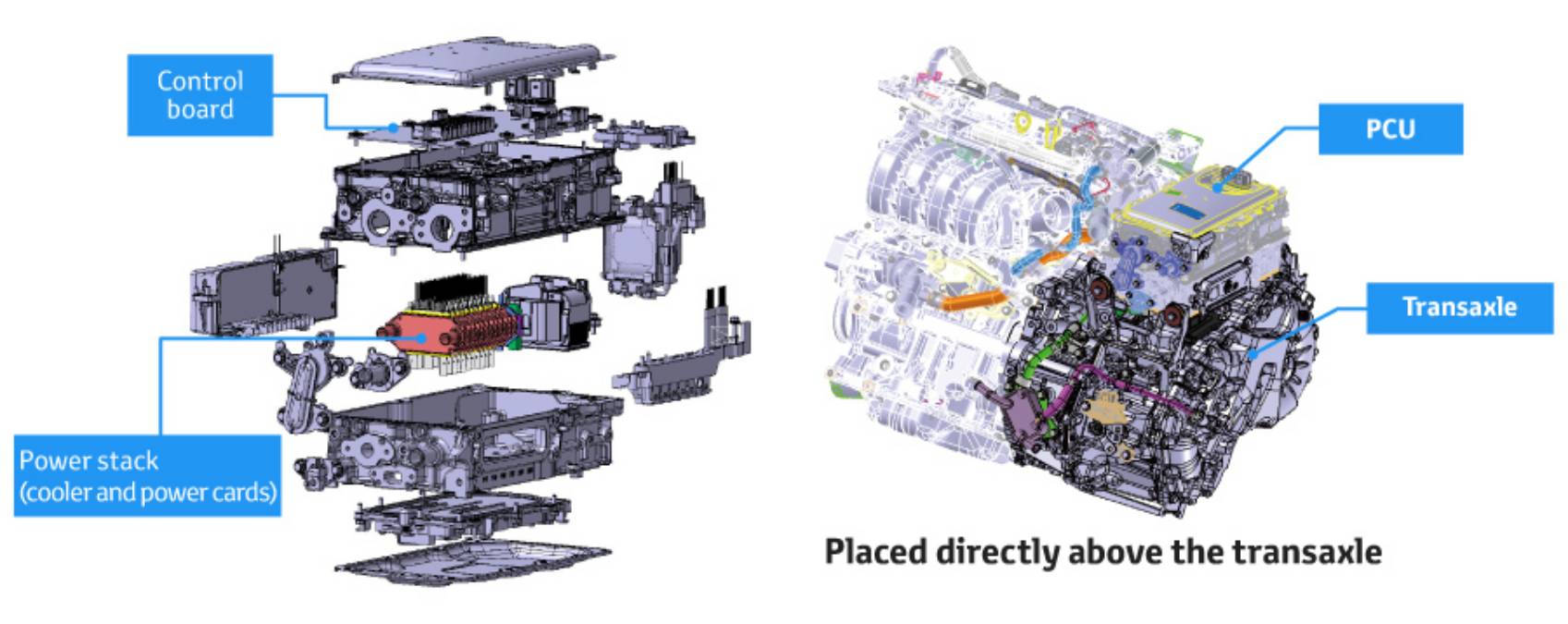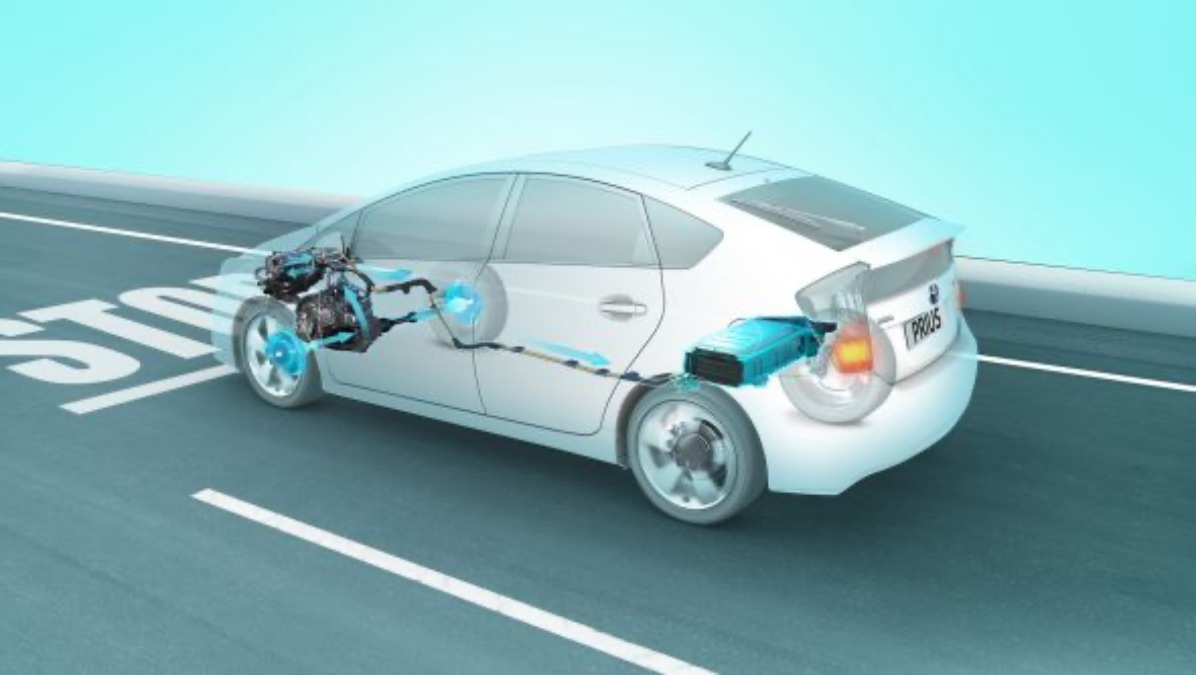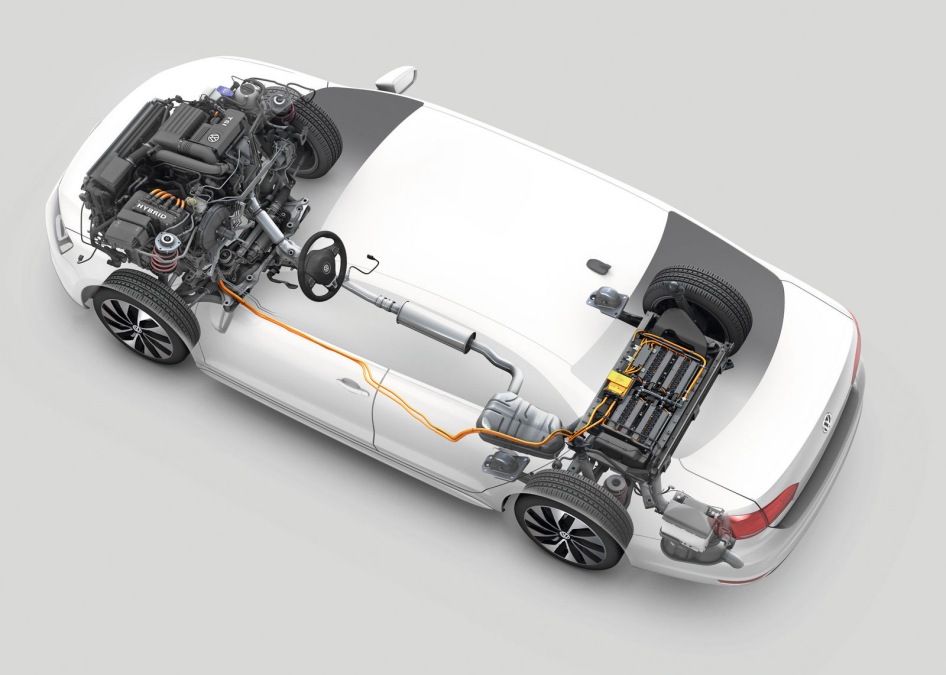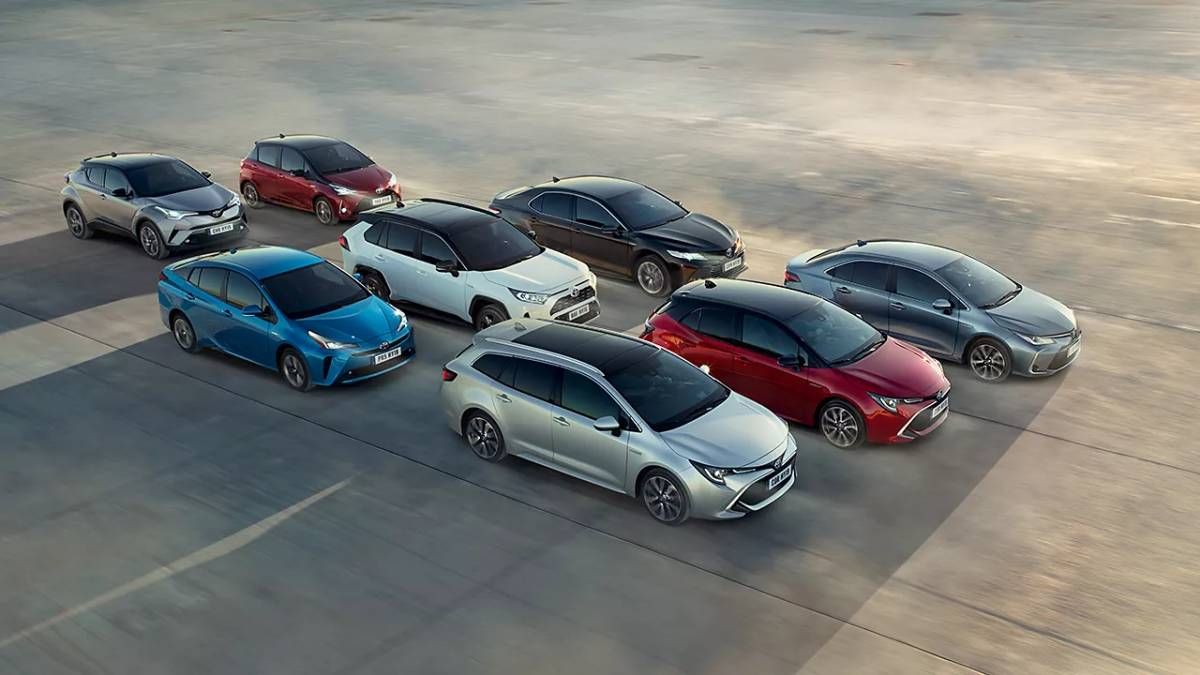Do you remember a time when hybrid cars were considered to be the automotive equivalent of wheat germ? They were known to be virtuous, vaguely healthy, and about as thrilling as a tax audit. However, over the years, hybrids have come a mighty long way. With advancements in technology and design, hybrid cars have become more efficient, powerful, and stylish, making them a popular choice for eco-conscious drivers and car enthusiasts alike. Some of the latest hybrid models are so impressive that they can even compete with traditional gasoline-powered cars in terms of performance and speed. The same can be said for electric cars like Teslas, which have gone from being niche oddities to scorching status symbols faster than you can say "Ludicrous Mode."
 The Basics
The Basics
Let's break down the basics. A hybrid powertrain is like the automotive version of a Reese's Peanut Butter Cup – two great things that somehow taste even better together. You've got your trusty internal combustion engine and an electric motor or two, joining forces to give you the best of both worlds: pep with a side of fuel-sipping efficiency.
Hybrid vehicles have actually been around since the twilight of the 19th century. Yeah, Grandpa wasn't kidding when he said he walked uphill both ways in a blizzard to buy his first hybrid. But it wasn't until the Toyota Prius landed on our shores that they really hit the mainstream, forcing us to trade in our gas-guzzling dinosaurs.
Evolution of Hybrids
Since then, hybrids have evolved drastically since the introduction of mainstream and meme-worthy hybrids from the past like the OG Prius. Today, they're not just limited to sensible commuter pods, you've got full-fat hypercars, rugged SUVs, and even some sporty Italian sportscars ditching gas for electrons – or at least using them side-by-side.
So, how do these drivetrains? Well, here's where it gets interesting. There are a few different types of hybrid setups, each with its own quirks and advantages. Think of it like choosing your favorite superhero – they've all got superpowers, but some are better at punching bad guys, while others excel at weaving webs of energy efficiency.
 Series Hybrid: The Simplicity Sweet Spot
Series Hybrid: The Simplicity Sweet Spot
Let's start with the series hybrid, the most basic form of hybrid drivetrains. So picture a relay race where the gasoline engine acts like the first runner, handing off the baton not to another athlete, but to a generator. That generator then charges up a battery, which in turn powers the electric motor that drives the wheels. So in this configuration, the gasoline engine is not connected directly to the wheels. It's a bit roundabout, but here's the upside: the gasoline engine can run at its most efficient speed pretty much all the time, regardless of your need for power.
Parallel Hybrid - Mechanical
On to the parallel hybrid. This one's kinda like a tag team wrestling match. Both the gasoline engine and the electric motor connect directly to the wheels and the electric motor can be placed within the transmission directly on the drive wheels. They can work together to boost horsepower, or the electric motor can go solo for short bursts and assist the combustion engine by filling in torque especially at lower speeds, thus making it more efficient. Parallel hybrids are the most common type, they usually use smaller battery packs and they're especially good for those who do a lot of stop-and-go city driving.
 Series-Parallel Hybrid: The "Why Not Both?"
Series-Parallel Hybrid: The "Why Not Both?"
Now, what if you want the best of both worlds? That's where the series-parallel hybrid comes in. As the name suggests, this system combines both series and parallel hybrid tech to provide the versatility and benefits of both in one package. These clever cars can switch between series and parallel modes on the fly based on the prevailing traffic conditions. They can switch between series mode (where the engine charges the battery) for low-speed cruising, and parallel mode (where both power sources kick in) when you hit the highway and need more oomph. This flexibility is cool, but it means more complex setups that can make things pricier.
Modern cars such as Volvo's PHEV range that uses similar hybrid drivetrain tech can seamlessly switch between different power sources which is mighty impressive given how many different components are involved in this drivetrain type.
Not All Sunshine and Rainbows
Of course, they're not perfect. Those big batteries add weight, which can blunt how some hybrids handle. Sometimes they can feel less "connected" to drive than a pure gasoline sports car. Also, because hybrids are complex, the long-term reliability picture isn't totally settled yet. However most established automakers do provide long warranties on their hybrid drivetrains, case in point, most modern Toyota hybrids.
As battery tech continues getting better, expect hybrid powertrains to become even more efficient, powerful, and affordable. Whether it's to help the environment, save cash on gas, or simply get your hands on the newest tech, there's a reason hybrids are so popular. Next time you're car shopping, give one a test drive – even if it's just for curiosity's sake!
Not Without Its Quirks
Of course, even hybrids aren't perfect. Some hardcore driving enthusiasts lament a certain numbness compared to a traditional sports car, and those hefty battery packs can add some unwanted weight. Plus, long-term reliability can still be a question mark. But these downsides are getting smaller with each new generation. Whether you're a diehard gearhead, a daily commuter, or just someone who wants to shrink their carbon footprint, there's a hybrid out there for you. So next time you're cruising for a new car, don't be a dinosaur. Give hybrid power a try. Your wallet and the planet might just thank you for it.
Author Bio
Bhavik Sreenath is an automotive expert, writer, and founder of Motolog Studio. With a Master's in Automotive Journalism and experience in publications like Bodyshop Magazine, he delivers compelling stories about the cars we love. From designing magazine layouts to reporting on eco-conscious practices, he brings a multifaceted perspective to automotive writing. His experience in Automotive Journalism makes him a vocal voice for car enthusiasts and industry insiders. Follow Bhavik on X, LinkedIn, Instagram, and Facebook, to stay in touch and up-to-date with the latest EV and battery development news.





